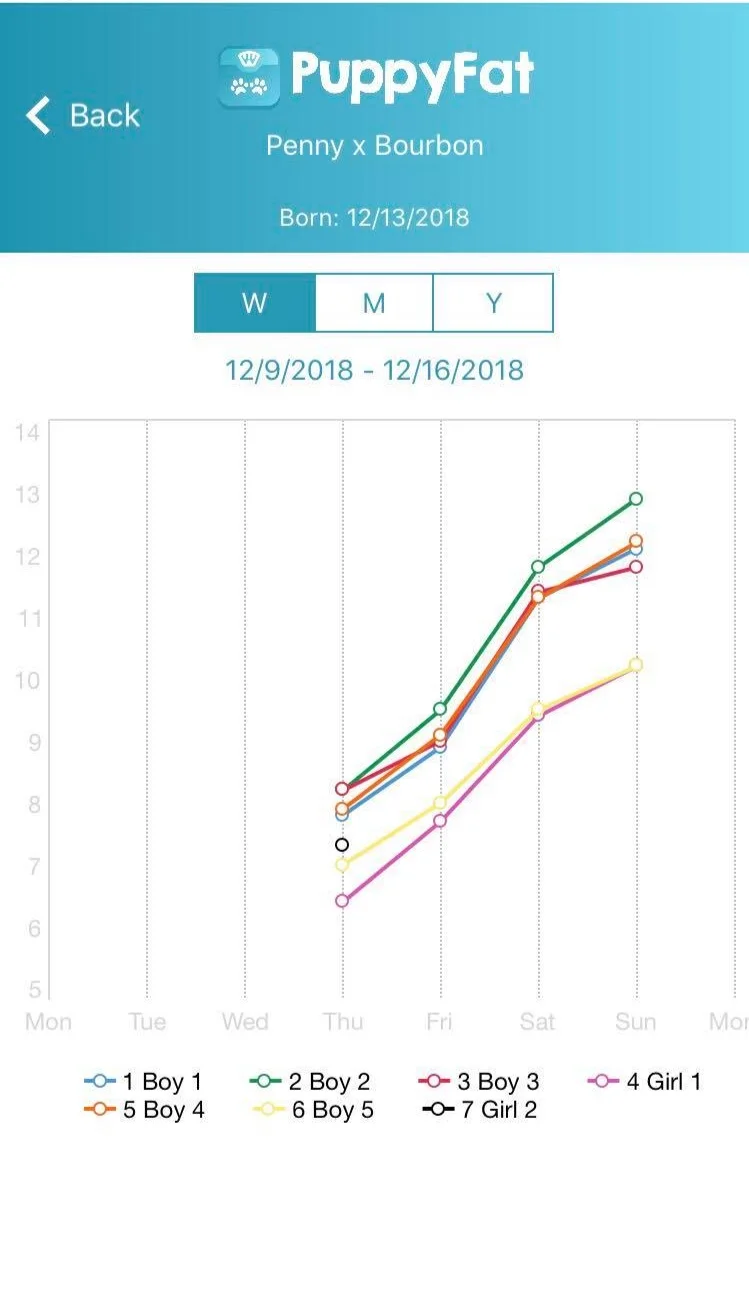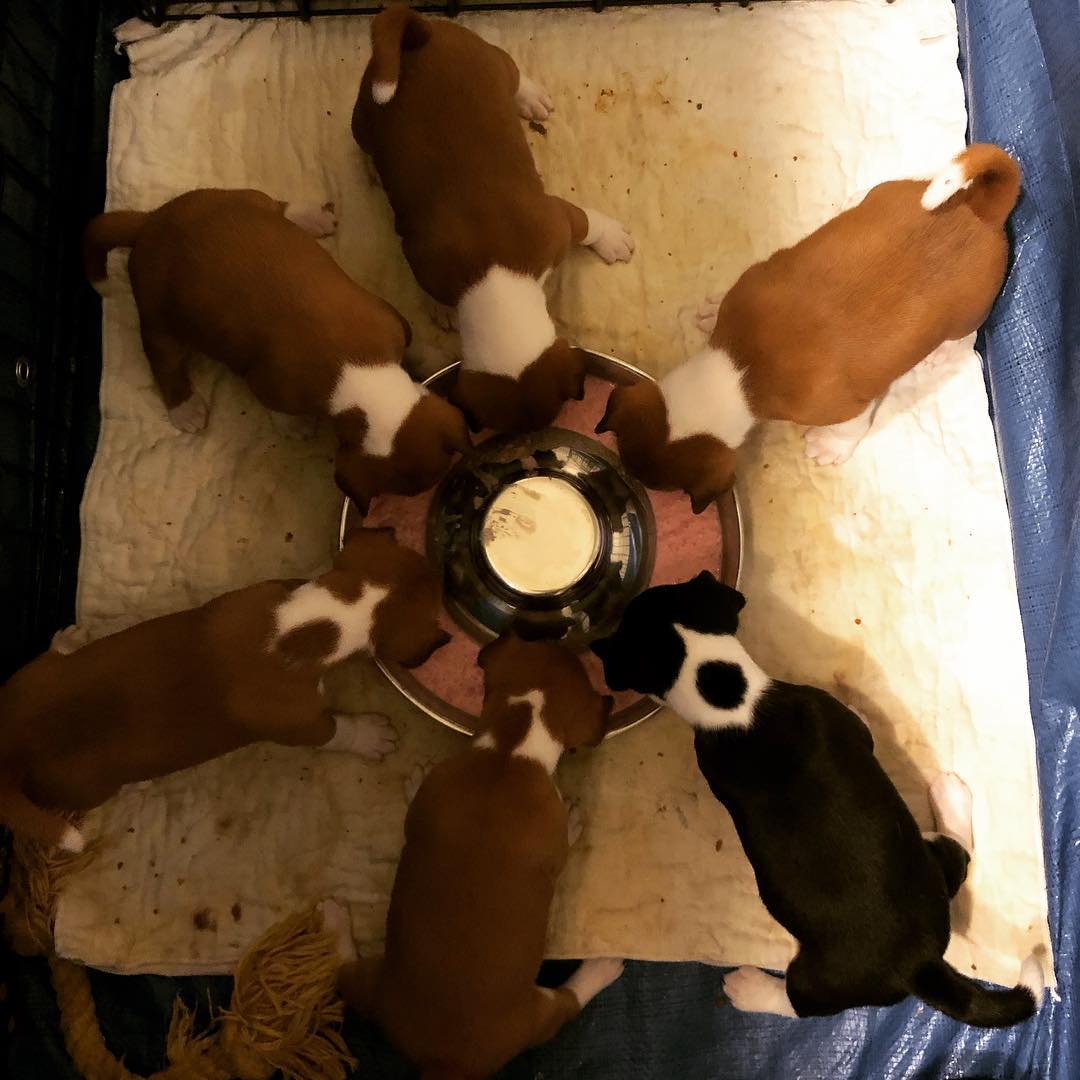Entrepreneur Mike White has experienced the power of user-led research and user-centric design with his latest application PuppyFat.
The animal enthusiast has designed a mobile app, especially for puppy breeders, after spotting a need for digital innovation in the breeder community.
"Puppy breeders need to keep detailed records about their dogs. Traditionally, this is done by pen and paper and involves lots of folders. I saw breeders comparing photos of hand-drawn charts in Facebook groups and thought - there has to be a better way of doing this."
Launched in late 2018, PuppyFat enables users to quickly and easily record puppy weights, track their health and compare with the rest of the litter.
Whilst Mike's product is niche, the lessons learned during the development process can be applied to all sorts of businesses, from apps to physical products to business services.
"PuppyFat has been entirely designed around my target audience, using feedback from puppy breeders from around the world from day one," Mike enthuses.
"I started out scanning Facebook groups for the real problems people were up against when breeding puppies. Breeders required an easy way to reliably record information because their time is usually spent looking after pups alongside a regular day job."
Life before PuppyFat…
Recording and comparing puppy weights with PuppyFat
Each step of the development process, Mike checked in with his own growing Facebook community. Sharing screenshots and ideas with potential users, he soon received useful feedback and requests for more features as PuppyFat evolved.
"It's really neat that the breeder community has taken me under their wing. I've never advertised the application on Facebook groups, but when someone asks a question about software or apps, I discreetly message them and introduce them to the concept of PuppyFat."
Photos from Bellator Basenjis, a PuppyFat customer.
This style of user-centric design is a key component of the application's success.
1) By working with potential users as the app was developed, Mike ensured his product something that was needed - and that his idea wasn’t completely barking mad.
2) By building genuine relationships with his target audience and involving them in the design process, Mike had a good customer base before PuppyFat went live.
"I've learned that, if you have an idea, don't be afraid get out there and share it with people. Listen to your users and communicate with them. The more I've involved the user, the bigger my reward has been."
Mike has been working with C4DI community member and software developer Chris Hill to create PuppyFat:
“I’m a big fan of user-centric agile development. In fact, it’s the approach I’ve adopted for much of my own software,” Chris tells us.
“Having the end users involved helps us make the best use of our resources and deliver a product people actually need, rather than the product we think they need.”
Photos from Bellator Basenjis, a PuppyFat customer.
Since launching in December, PuppyFat has gained a large number of active users and already has a list of feature requests waiting to be developed and added to the application.
"All revenue so far is going directly back into the app to continue improving it for users. Without them, I wouldn't have been able to develop an application that was so closely suited to the needs of the breeders."
You can follow the PuppyFat journey and show your support to a fellow member by liking the PuppyFat Facebook page.
In the meantime, you can get in touch with Mike White on Slack or via email: ihatch_apps@me.com.
For software development work, contact Chris Hill via Slack or on email: chris@speczen.co.uk.










